Saint Petersburg, 1840.
Silversmith : Carl Johann Tegelsten (1798-1852).
Assay master : Dmitry Ilyich Tverskoy (active 1832-1850)
H. 36.5 cm (ewer) - H. 10,7 x D. 37,7 cm (basin).
Weight : 1763,0 g (ewer) - 2092,0 g (basin).
Provenance
- From the dowry service ordered by Tsar Nicholas I for his daughter, Grand Duchess Olga Nicolaevna of Russia, future Queen Olga of Württemberg (1822-1892), on the occasion of her 18th birthday in 1840.
- European private collection.
History
Grand Duchess Olga Nicolaevna (1822-1892) was the second daughter of Emperor Nicholas I (1796-1855) and Empress Alexandra Feodorovna (1798-1860), born Charlotte of Prussia. Olga Nicolaevna's sumptuous dowry included furs, furniture sets, carriages, porcelain, glass and bed linen, but the most valuable part of the dowry was the jewellery and silver service. Indeed, the service ordered by Nicholas I for his daughter included almost five hundred pieces, an order placed with the main supplier of silver and bronzes in St Petersburg, the English Store, founded in 1815, which was bought in 1829 by the merchants Nicholls and Plincke and existed until 1898. The Tsar gave each of his three daughters a silver wedding service, which was to be in the "latest English fashion, particularly beautiful and fine" (M. N. Lopato, Iuveliry starogo Peterburga, St Petersburg, 2006, p. 128).
When Olga Nicolaevna married Crown Prince Charles of Württemberg (1823-1891) on 1st July 1846 at the Peterhof Palace near St. Petersburg, a grand celebration was held at the summer palace and the dowry was taken by the newlyweds to Württemberg. However, at the beginning of the 20th century the entire service was sold to museums and private collections. Today, 19 other pieces of Olga Nicolaevna's service are kept in the storeroom of the Peterhof State Museum and some are exhibited in the Fabergé Museum in Saint Petersburg. Few silver pieces from the Grand Duchess's dowry services are still in private hands, but some pieces have been sold at auction, including an impressive tureen from the Van Cliburn that was previously acquired in Vienna in the 1960s (Christie's, 17 May 2012, The Van Cliburn Collection, New York, lot 21) (ill. 1).



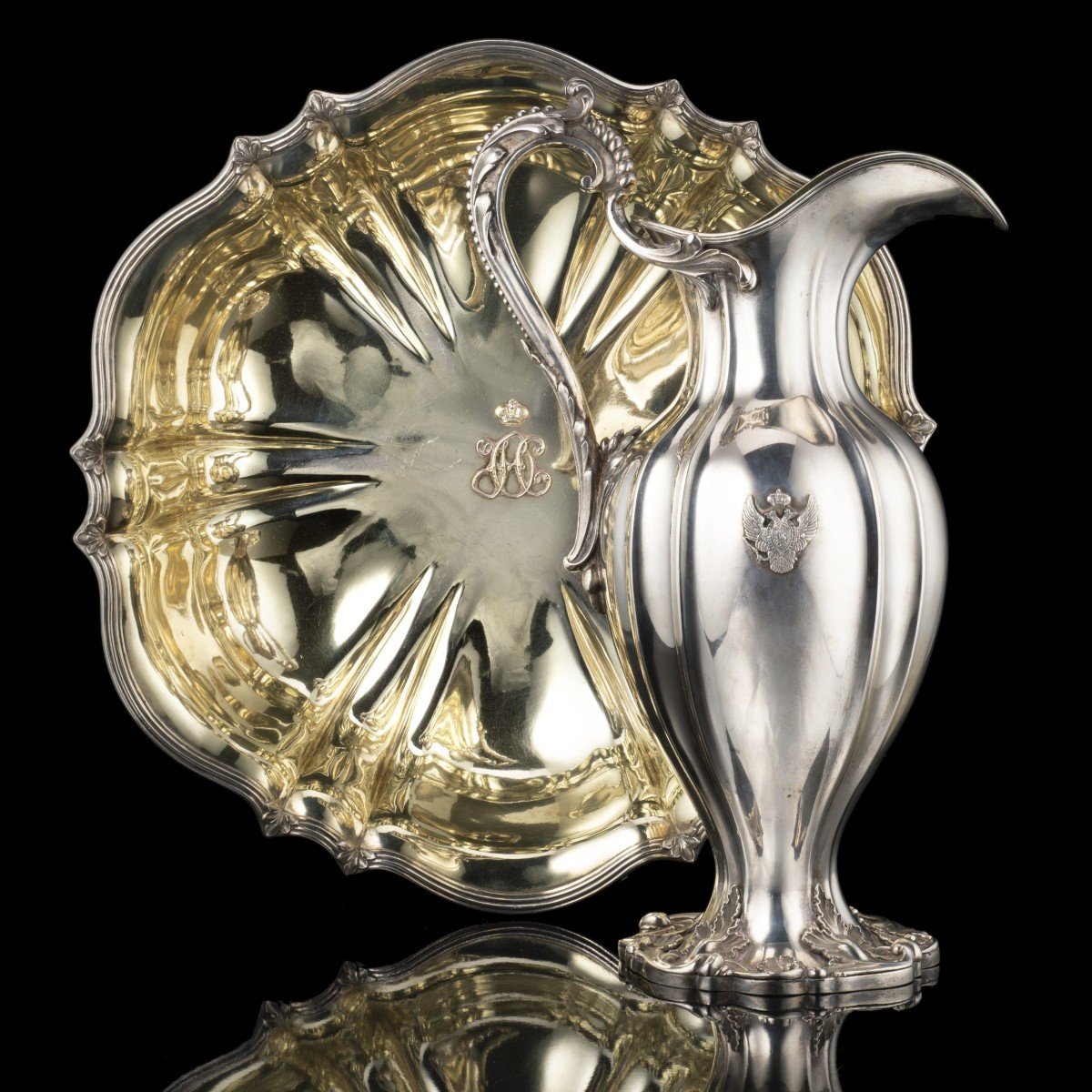

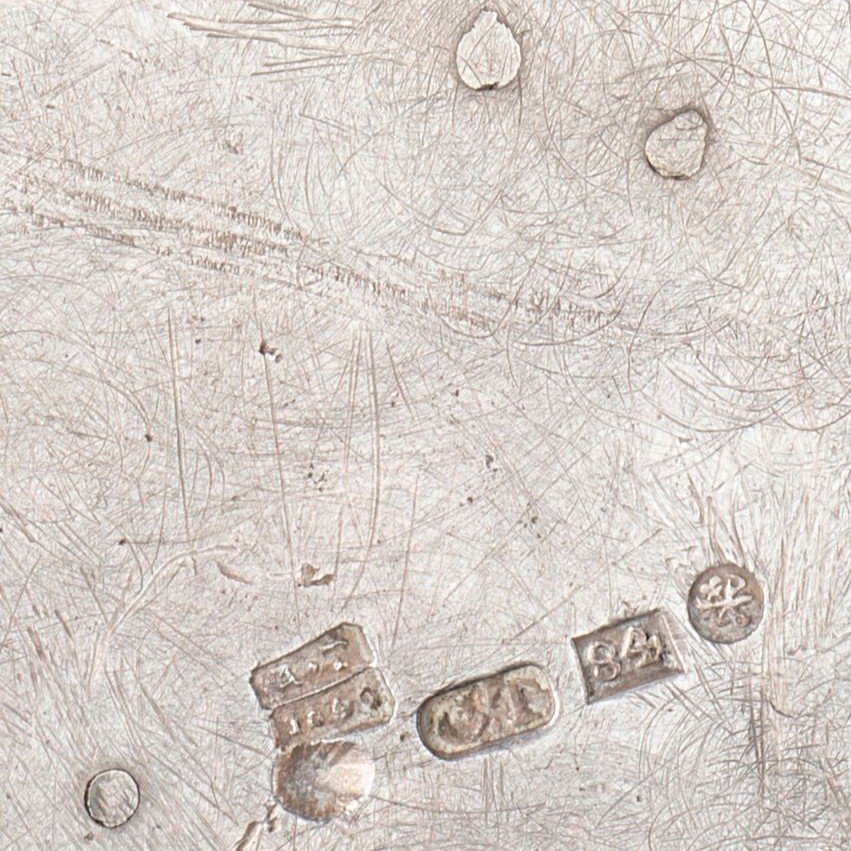
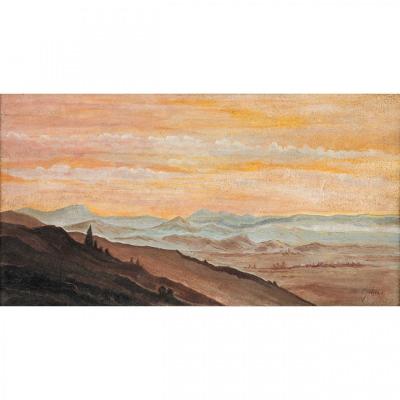

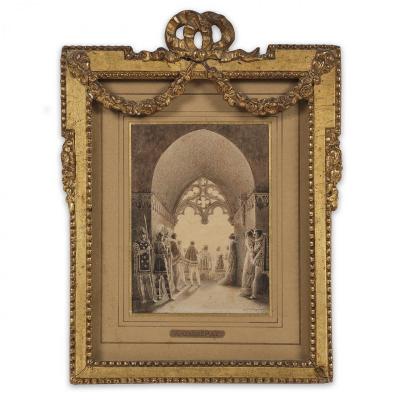
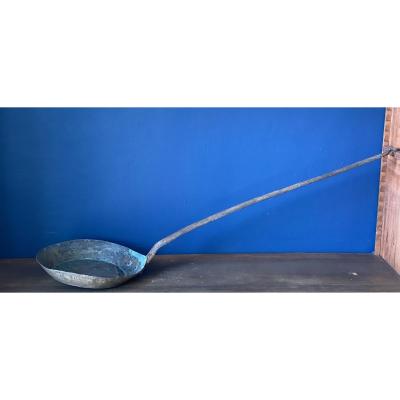




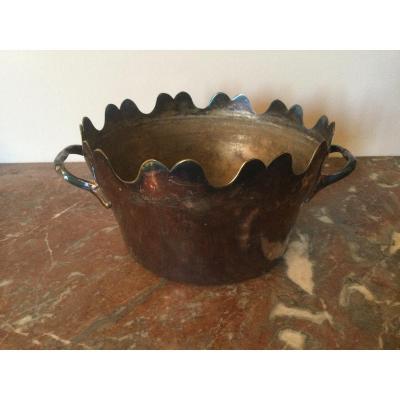

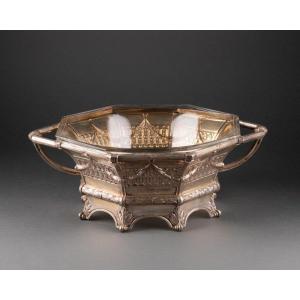
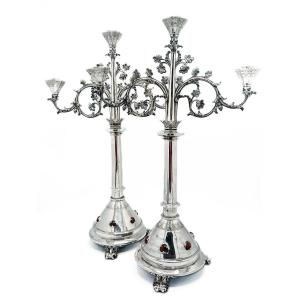



 Le Magazine de PROANTIC
Le Magazine de PROANTIC TRÉSORS Magazine
TRÉSORS Magazine Rivista Artiquariato
Rivista Artiquariato
